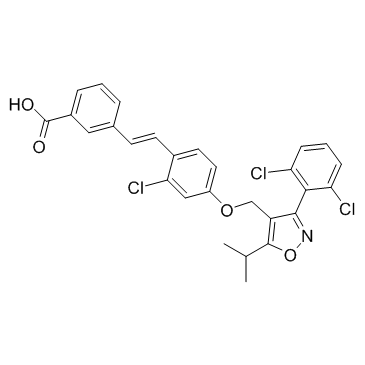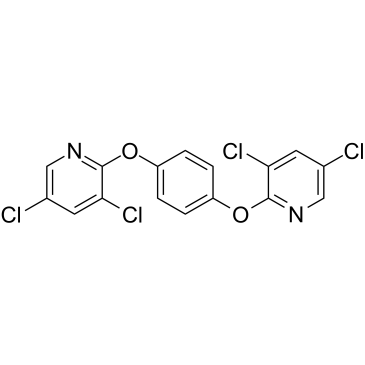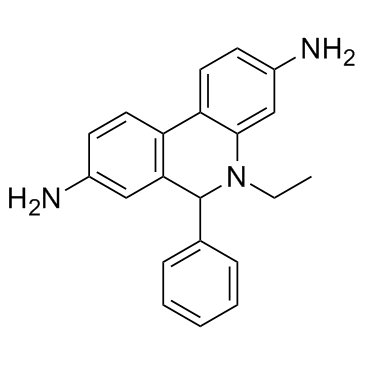| Structure | Name/CAS No. | Articles |
|---|---|---|
 |
Hydrochloric acid
CAS:7647-01-0 |
|
 |
Rosiglitazone
CAS:122320-73-4 |
|
 |
Dexamethasone
CAS:50-02-2 |
|
 |
GW4064
CAS:278779-30-9 |
|
 |
Pregnenolone
CAS:145-13-1 |
|
 |
TCPOBOP
CAS:76150-91-9 |
|
 |
HYDROGEN CHLORIDE ~1.25 M IN METHANOL, 250 ML
CAS:132228-87-6 |
|
 |
Dihydroethidium
CAS:104821-25-2 |